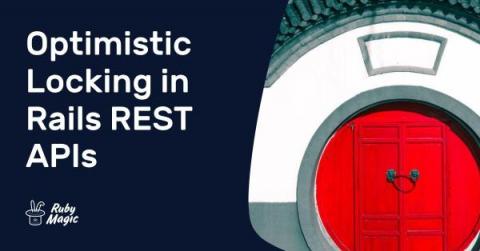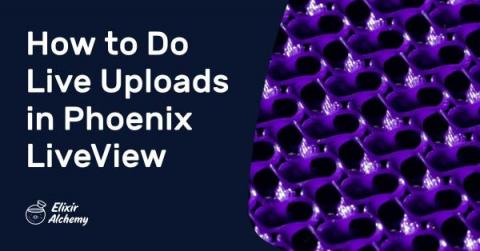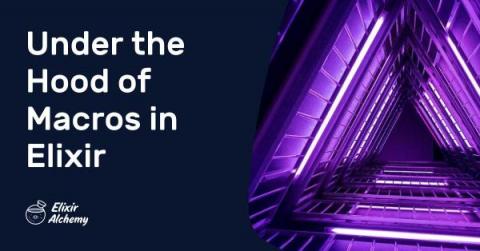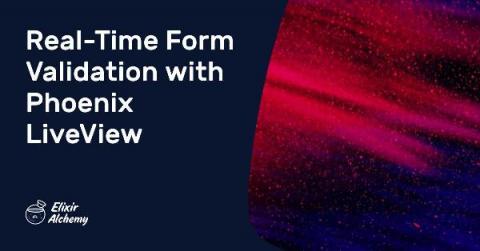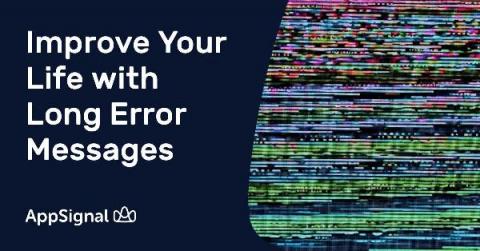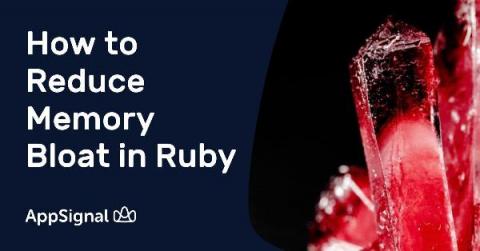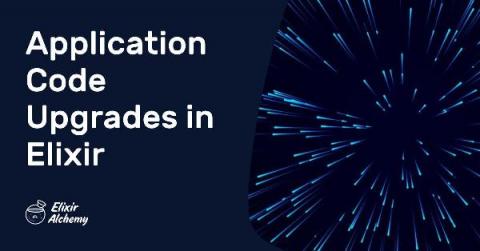How to Use Macros in Elixir
Welcome back to this third part of our four-part series on metaprogramming in Elixir. Previously, we established the underlying behavior of macros. Now we will dive into the various applications of macros in Elixir using open-source Elixir libraries. Let’s go!



